 When bunyas are ready to harvest they fall to the ground. Forget about climbing up the tree to get them. The leaves are very sharp and the nuts are right at the top of the pine. When they start falling they continue for a couple of weeks in late summer. Before that you can see if a tree has many nuts by observing its crown.
When bunyas are ready to harvest they fall to the ground. Forget about climbing up the tree to get them. The leaves are very sharp and the nuts are right at the top of the pine. When they start falling they continue for a couple of weeks in late summer. Before that you can see if a tree has many nuts by observing its crown. Depending on the softness of the ground under the bunya tree the large cones may be intact after they drop down. If this is the case, take the whole cone home where you can get the nuts out cleanly. But usually the nuts are scattered when they hit the ground which makes it easy to get them out but they may be dirty and need washing when you get them home. They are also among sharp leaves so be careful with your hands.
Depending on the softness of the ground under the bunya tree the large cones may be intact after they drop down. If this is the case, take the whole cone home where you can get the nuts out cleanly. But usually the nuts are scattered when they hit the ground which makes it easy to get them out but they may be dirty and need washing when you get them home. They are also among sharp leaves so be careful with your hands. If your bunyas are in a cone still, break the cone open and separate the individual nuts into a container. Be careful of sharp edges.
If your bunyas are in a cone still, break the cone open and separate the individual nuts into a container. Be careful of sharp edges.
 The nuts have a tough shell which is quite leathery. It needs to be cut and will not break like a walnut or almond as it is not woody. I cut them with secateurs, slicing a thin piece of the skin on the edge lengthwise. Then you can get the secateurs to grip and cut more until the kernel comes out.I have also had success with a serrated knife, but it is hard to keep the nut still while cutting.
The nuts have a tough shell which is quite leathery. It needs to be cut and will not break like a walnut or almond as it is not woody. I cut them with secateurs, slicing a thin piece of the skin on the edge lengthwise. Then you can get the secateurs to grip and cut more until the kernel comes out.I have also had success with a serrated knife, but it is hard to keep the nut still while cutting. Other people use a cleaver to cut the whole nut into two pieces and then extract the two kernel halves. This may be a faster method but may also require practice and a good method for keeping the nut in place before you chop it.
Other people use a cleaver to cut the whole nut into two pieces and then extract the two kernel halves. This may be a faster method but may also require practice and a good method for keeping the nut in place before you chop it. When you have extracted some nuts place them in water to remove the thin brown skin. This comes off easily after just a short dip in water leaving a white and brown kernel.
When you have extracted some nuts place them in water to remove the thin brown skin. This comes off easily after just a short dip in water leaving a white and brown kernel. Bunya nuts come in a variety of sizes and shapes. Some are small, round and white, others are pointy and usually they are a little brownish. A little brown gives them more character. They should taste waxy and the little white ones tend to be a bit powdery.
Bunya nuts come in a variety of sizes and shapes. Some are small, round and white, others are pointy and usually they are a little brownish. A little brown gives them more character. They should taste waxy and the little white ones tend to be a bit powdery. You will need to cook the nuts for 30 to 45 minutes. If they are undercooked they are dry. When cooked in a sauce they adopt the flavour so be careful what you cook them with. They have a unique flavour which can be overwhelmed by other foods. Given the extensive preparation it is important to be able to taste them.
You will need to cook the nuts for 30 to 45 minutes. If they are undercooked they are dry. When cooked in a sauce they adopt the flavour so be careful what you cook them with. They have a unique flavour which can be overwhelmed by other foods. Given the extensive preparation it is important to be able to taste them.An alternative approach is to roast the nuts in their shells in hot coals as recommended by a friend. We have not tried this but are advised that the nuts are very tasty and the shell is easy to remove after being in the fire. This has been a traditional Aboriginal cooking method for millennia. The trees/forests have been cultured by Australian indigenous people in their management of abundant landscapes.
 Storage
StorageBunyas are best eaten fresh. However, when you have found a lot of bunyas you can freeze the nuts in their shells. You need to prevent the nuts from sprouting if you want to eat them. If you keep intact cones, the nuts tend to sprout inside the cones so break them up and put the nuts in the fridge.
If your fridge is not big enough for all the nuts, store the remaining nuts in a well-aired, dry place out of the sun, for example in a string bag, to prevent fungus. A short blast of direct sunlight helps to prevent fungus growth beofre you put them in a cool place or in the fridge.
Recipes
Bunya Pine Nuts with Aubergine
Bunya Spaghetti Napolitana
Kumera Bunya Soup
Bunya Pine Nuts in Coconut Milk
Bunya pine nuts in green tomato sauce
Bunya Mushroom Ragout with Buckwheat noodles
Bunya Lima Bean Soup
Bunya Nut and Macadamia Burgers
Bunya Pine Nuts with Sauerkraut and Pasta
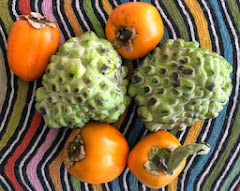



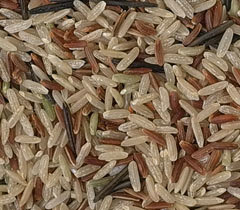
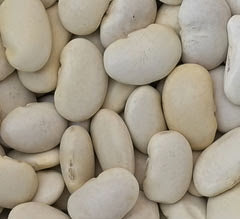


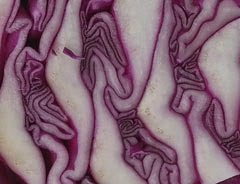



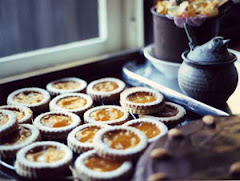
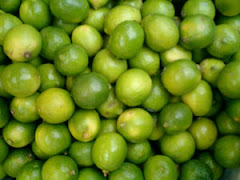
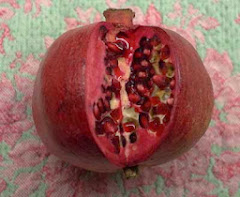
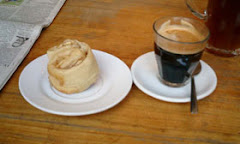
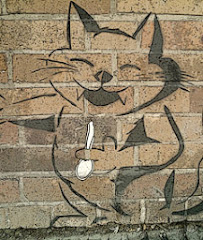


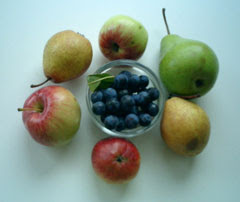


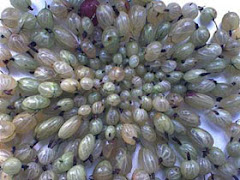
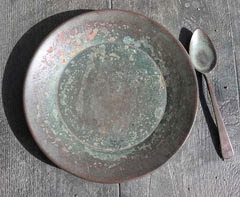





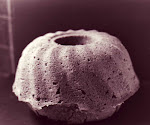
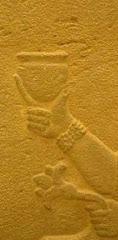

16 comments:
thanks for this informative article.
Found 2 Bunya nuts in the middle of the road today after reading your article this morning. Serendipity!
Thank you ~ All the information that I needed in one place.
Thankyou... so informative. Will try both methods. Cheers
We have a Bunya Pine, it has dropped its first pod that we cracked open, all very green inside and soft, can they be under ripe??
The first fruit on young bunyas may be unusable, often empty nuts.
This was a great article but nothing was mentioned about the core...I have eaten them boiled and on an open fire...I was told not to eat the core as it will make you sick
Thank you so much for this article. We had 14 nuts fall off in one fell swoop (glad we weren't standing under it!) and have at least 8 more still up there. I'll have a go at trying some of your suggested recipes.
Just curious as to why my enquiry was deleted?
I was asking where Lorraine Bates was writing from. Here on the mid north coast of nsw we have found pods on the ground which seems very early. Normally look for them in February.
Comments not relevant to Edible Culture may be deleted
i have a large tree and have 8 cones on the ground
@darryl...the core or the shoot in the middle is both fine to eat and nutritious...I love making bunya nut curry yummmm.
G'day, great articles on Bush tucker.
Question - 1/ How does one prepare the central core for consumption?
I gather that it is also edible.
2/ When roasting in oven or ashes, should the nut remain in its casing to retain moisture as one does with Chest Nuts (with a slight split to prevent explosion), or place the nut directly into hot ash or oven?
Thanks for your articles
Hans.
G'day! We've a couple beauties - but when opening the shells of a number of nuts found it mostly hollow. Is this just an old pine cone, over ripe? Is the bunya bunya not well? We were hoping for more tucker and were left scratching our heads. Please share your wisdom!
Post a Comment